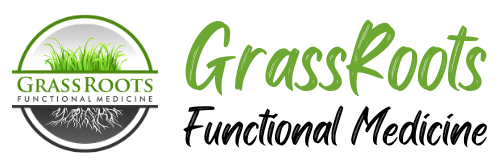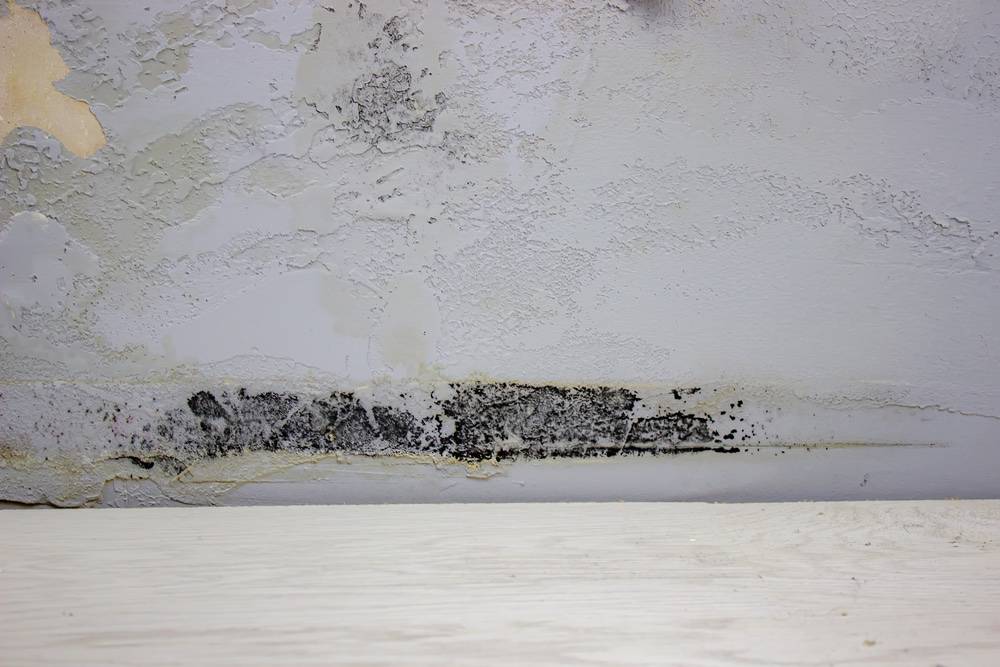If you’re like most people, you probably think of mold as that slimy stuff that grows on bread that’s been left out for too long. While it is true that mold can be found in many places – both indoors and outdoors – not all mold is created equal. In fact, some types of mold can be extremely harmful to your health, especially if you’re exposed to high levels of it for an extended period of time.
One promising treatment option is Hyperbaric Oxygen Therapy (HBOT). HBOT therapy uses 100% oxygen to help the body heal. Keep reading to learn more about how HBOT can help relieve mold toxicity symptoms and improve your quality of life.
Mold Toxicity
Mold is a type of fungus that can grow indoors and outdoors. It thrives in warm, damp, and humid environments and can be found on wet clothing, in shower stalls, on damp walls, or in any other area where there is moisture. While mold is essential for breaking down organic matter and a few other things, some types of mold can produce harmful toxins. Mold spores are tiny and can easily be inhaled. Once they are inhaled, they can cause a number of health problems.
Mold toxicity symptoms can range from mild to severe, including coughing, wheezing, watery eyes, runny nose, itching skin, rashes, fatigue, irritability, headaches, difficulty concentrating, and memory problems. In some cases, mold toxicity can also lead to depression and anxiety, and even cancer.
The most common mold toxicities include aspergillosis, black mold poisoning, and candidiasis. Aspergillosis is caused by the Aspergillus fungi and can lead to lung infections and other serious health problems. Black mold poisoning is caused by the Stachybotrys atra fungi and can cause a range of symptoms, including headaches, vomiting, and coughing up blood. Candidiasis is caused by the Candida albicans fungi and can lead to a range of symptoms, including thrush, rashes, and vaginal yeast infections.
While most mold is not toxic, it is important to be aware of the potential risks associated with exposure to mold toxins.
Testing for Mold Toxicity
There are several tests that can detect toxic mold exposure for both your home and your body. For example, when we work with patients in our Adaptation Programs, we’ll use a urine test to screen for 16 types of mycotoxins (gasses leaked from mold) and an environmental assessment for the patient to check for mold in their home.
If the tests come back positive, we will develop a treatment plan that will most likely include Hyperbaric Oxygen Therapy.
What is Hyperbaric Oxygen Therapy (HBOT)
Hyperbaric oxygen therapy (HBOT) is a medical treatment that involves breathing 100% oxygen while inside a chamber that is pressurized to greater than sea level pressure. HBOT is used to treat a variety of medical conditions, including decompression sickness, carbon monoxide poisoning, and non-healing wounds. The goal of HBOT is to deliver more oxygen to the body’s tissues, which can help speed up the healing process. One of the most common uses of HBOT is to treat chronic wounds, such as those that occur in people with diabetes. Unlike traditional treatments, HBOT can reach areas of the body that are deprived of oxygen due to poor circulation. In addition to its healing properties, HBOT has also been shown to reduce pain and inflammation associated with chronic wounds.
How Does HBOT Help With Mold Toxicity?
HBOT has been used to treat various conditions, but it has only recently recognized its potential for treating mold toxicity. When mold spores are inhaled, they can settle in the lungs and begin to grow. The body’s immune system will try to fight the mold, but the constant battle can lead to inflammation and lung damage. HBOT works by delivering high concentrations of oxygen to the blood, which helps to kill the mold and promote healing. In addition, the increased pressure helps to reduce inflammation and allow the lungs to heal.
When it comes to treating mold toxicity, HBOT can be an effective treatment option. Studies have shown that HBOT can help to improve symptoms such as fatigue, cognitive impairment, and headaches associated with mold toxicity. Optimal treatment sessions vary from patient to patient; however, In most cases, it takes between 30 and 60 sessions of HBOT to see significant improvements. In addition, some people may need more or fewer treatments depending on the severity of their symptoms.
Mold illness can have a devastating impact on those who are unfortunate enough to be infected. If you are struggling with mold toxicity and illness, our Adaptation Program and Hyperbaric Oxygen Therapy can help. We offer a comprehensive approach to treatment that will help you detoxify your body, improve your immune system, and feel better overall. We’ve seen many people overcome debilitating fatigue; neurological problems like chronic balance disorders or motor neuron damage due to exposure – using natural strategies. Contact us today to learn more about our program and how we can help you heal.




